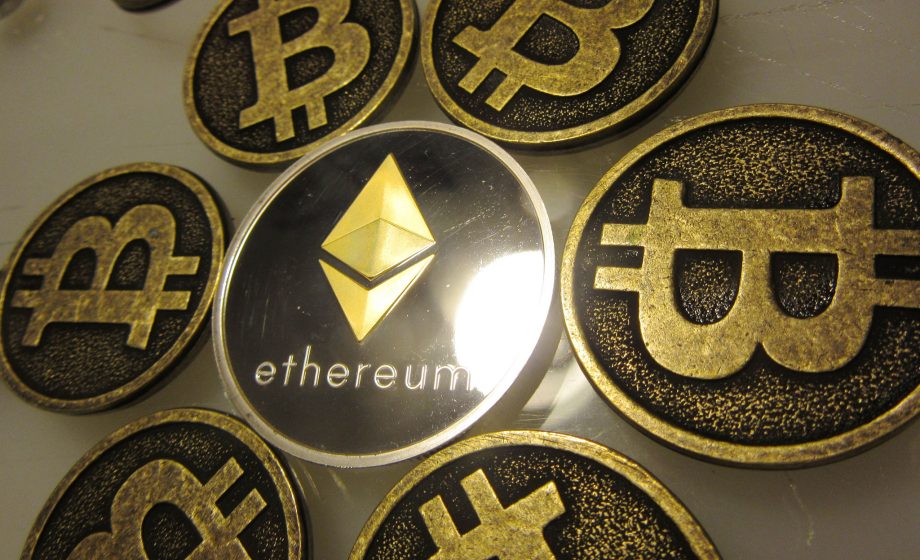
Ether for only $0.10?! Sign me up! This was one side of the sentiment for traders when ETH prices fell sharply on June 21, 2017. The other side of the coin shows a significant concern and significant losses as more than 800 stop-loss orders were liquidated, or triggered, resulting in significant amounts of ETH being sold through automated trading systems.
The Stock Market flash crash of 2010 resulted in hundreds of billions of dollars in stock value across many well-known brands, with the DOW dropping by nearly 9% following a multi-billion dollar sell-order. The 2010 flash crash lasted only about 30 minutes but had similar results to the ETH flash crash we just experienced in terms of market effect in the short term.
What is a stop-loss order?
Stop loss orders are issued so that the system will sell away shares of cryptocurrency (or any other asset on an exchange) if the value of said assets falls below a certain threshold in an effort to minimize investor loss in the event of a crash. Stop-loss orders were initially used with traditional stock exchanges, but have since been adapted for use with cryptocurrency exchanges.
One of the major flaws of automated stop-loss orders is: If the value of a token starts dropping, the triggering of large stop-loss order sales can drive the value of a coin into the ground in a matter of minutes, as was well-displayed in this crash. Conversely, token value can also rebound quite sharply if the market retains their trust in the project and a long-term desire for a stake in said project.
How did the value of ETH drop so far?
Initially, the market turbulence was reported to have been a wealthy “whale” trader liquidating large amounts of ETH tokens all at once, as opposed to selling them over a given period of time to prevent wild market value swings, but the chaos ensued after the lump sum of ETH flooded the market. At a multi-million dollar valuation, a flood it was indeed.
Another of the key issues with these stop-loss orders that drove this crash forward is, they will automatically sell regardless of the value as long as it is below a specified level. So as to say, ETH was trading over $300 and then dipped down to the $200 level before plummeting due to stop-loss order liquidation. Stop-loss orders triggered sales at levels around $200 and lower, leading to serious losses for some traders on the GDAX.
How is CoinBase responding?
While CoinBase has announced they are going to refund traders for their losses, they are not rolling back the trades that were made. Anyone who bought that $0.10 ETH gets to keep it. That is a 3000-times growth on investment, a $100 buy translated to $300,000 during the very brief crash.
While the ability of CoinBase may have been limited in terms of their ability to roll trades back due to tokens being based on the blockchain, they must be commended for refunding traders who lost in the crash, and also not punishing the market for picking up the extra tokens in a timely fashion, which resulted in a rapid price normalization.
How does this affect the current ETH market?
The market showed brief weakness but has once again rallied to support ETH trading and show a consistently high demand. One factor that is undoubtedly driving the value of ETH up further is the news of large tokensale successes for cryptocurrency projects such as Bancor which closed the largest cryptocurrency crowdfunding event in history, valued at over $150 million and Aragon which raised more than $100,000 per minute during their Token Generation Event (TGE).
In the days since the ETH flash crash, ETH has seen a stern price correction and fallen to trade in the low-to-middle $200 range. Shortly after ETH stabilized in the corrected value, it showed a strong reversal in the post-crash and time since to resume trading over $300 as of the time of this writing and continues to show strong forward momentum.
Summary
The initial events leading up to the crash were a result of a “whale” trader pouring out millions of dollars worth of ETH tokens onto the market all at once. The resulting price drop triggered the stop-loss order sales, which drove ETH value down to $0.10. The crash was resolved in less than one hour.
While the crash was significant, ETH recovered value within minutes, which was followed by a sharp declining price correction into the middle $200 range. Since that drop, however, ETH has risen back to trade around $300 again. It seems that, on a longer-term scale, the flash crash has not weakened sentiment for the ETH market overall.

